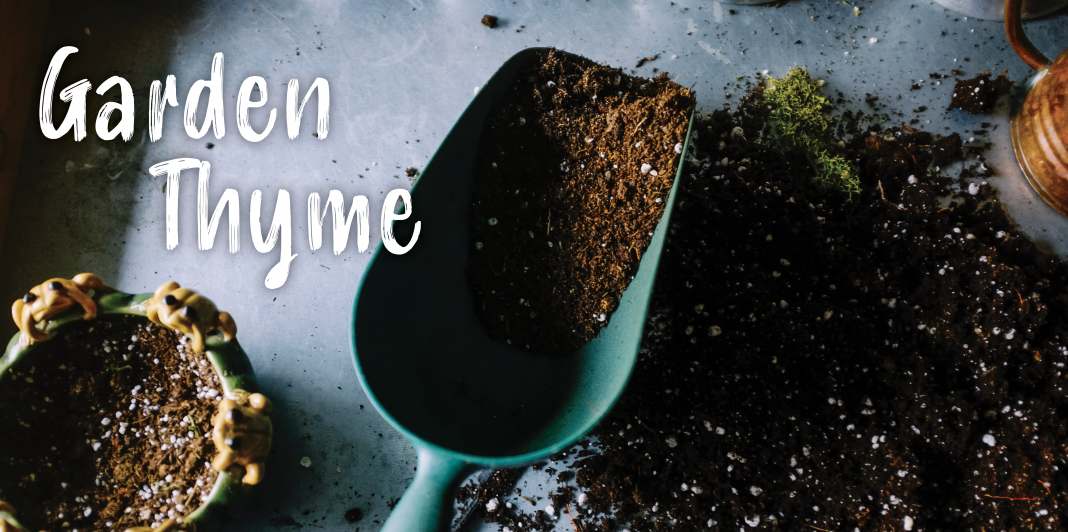We survived the COVID-19 and then came SNOVID-21, the chillpocalypse. We hope everyone made it through our historic winter weather OK but we know that is not the case. So many of our customers have told us stories about broken pipes and severe plant damage.
Pipe damage is easily recognizable, but plant damage is another story. I know that many of you are seriously stressed out about the possibility of losing all your landscape investment. The good news is there is hope. By the time this edition of Dock Line Magazine comes out, we should have a better idea of the damage inflicted by that horrendous winter event. One good thing about the storm was that in our area, the amount of snow that was deposited on our plants and lawn may have served as a good insulator.
If you have not done it by know, clean up any plant material that is slimy or mushy, like frozen philodendron or bananas. This mushy damp tissue will lay on the good parts of the plants and foster disease. After cleaning up, an application of a liquid copper fungicide might work well here.
Check all your shrubs for bark that is split or sluffing off. This is an indication of dead tissue underneath. If it is at the base of the plant, prune to the ground. There is still a chance that the root system may be viable.
On plants that appear to have heavy damage but have good bark, scrape the bark and look for green wood underneath. If this is the case, start pruning from the top in small increments until you reach good green wood.
Plants that appear to be viable but have lost a lot of foliage, prune back no more than one third. This will encourage new rapid growth that will help your plants flush back out and give them a much fuller appearance.
On any plants that are marginal tropicals such as hibiscus, plumbago, esperanza, and lantana, there may be enough living roots left that over time you will see a new plant emerge. However, keep in mind that by the time the plant reaches maturity and produces blooms, the season may be over.
This has been a learning experience for all of us. There will be no absolutes and what comes back for your neighbor may not come back for you. You may even see plants that have frozen in the past come back this time. This could be attributed to many factors such as the overall health of the plant, the microclimate or the fact that they were covered with a blanket of snow this time.
There is another thing I have not pointed out yet and that is latent freeze damage. This is severe damage to plants that doesn’t show up until the hot time of the year when the plant is under heavy stress. The freeze may have caused tissue damage and will allow the plant to function properly only during periods of low stress.
So with all this being said, nobody in our business will be able to answer viability questions with any kind of certainty. This was an unprecedented weather event and a great teaching moment for all. We wish all of you the best of luck.
If you are so inclined and can afford it, now would be a great time to do a landscape remodel.
Come by The Growers Outlet and we will help you any way we can, but WE CANNOT PREDICT THE ABSOLUTE VIABILITY OF YOUR PLANTS.
A Garden To Do List for the month of March for our area will include the following:
*Feed azaleas and camellias, once they are finished blooming with the organic Microlife Azalea Food or Nitro Phos Azalea Camellia Food.
*Once your azaleas finished blooming prune back not more than one third.
*If you haven’t already done so, fertilize your roses with Microlife Organic Ultimate Plant Food, Nelson’s Color Star or Nitro Phos Rose Food.
*Any of your roses that are prone to black spot should be treated on a bi-monthly basis with a product like Bonide Infuse. Don’t wait until the black spot occurs before treating!
*If you haven’t already done so, now would be the time to re-mulch your trees and shrubs with a good quality mulch like Landscapers Pride Black Velvet mulch or pine bark mulch.
*March is a good time to buy and plant your vegetable garden plants. Don’t wait too late into April.
*If you have pecan trees and didn’t feed them in February you can still feed them in March. Be sure to use a product like Nitro Phos Pecan and Citrus Food that contains zinc.
*You can control caterpillars that defoliate trees by treating all new leaves with BT.
*It is still not too late to use a product like Nitro Phos Barricade, a pre-emergent herbicide to treat your lawn to prevent weed seed that has not germinated yet.
*For weeds that are growing use Bonide Weed Beater Ultra.
*If you haven’t already done so you should fertilize your lawn with MicroLife 6-2-4 General Purpose Fertilizer, Nitro Phos Imperial lawn fertilizer or Nitro Phos Sweet Green before the end of March.
*Rake and top-dress any bare spots in your lawn with leaf mold compost.
*Cut back and pinch all your perennials and fertilize them.
*During periods of cloudy damp weather be sure and spray your shrubs, especially roses, to prevent fungal diseases like black spot.
*This is a great month to spray for Virginia Buttonweed.
*Use a systemic insecticide on your crape myrtles to prevent aphids.
For great gardening products and information, come by The Growers Outlet and visit with any member of our team to get the help you need or go to our website at WWW.growersoutletinwillis.com. We have the products and knowledge to help you have the prettiest yard on the block.















